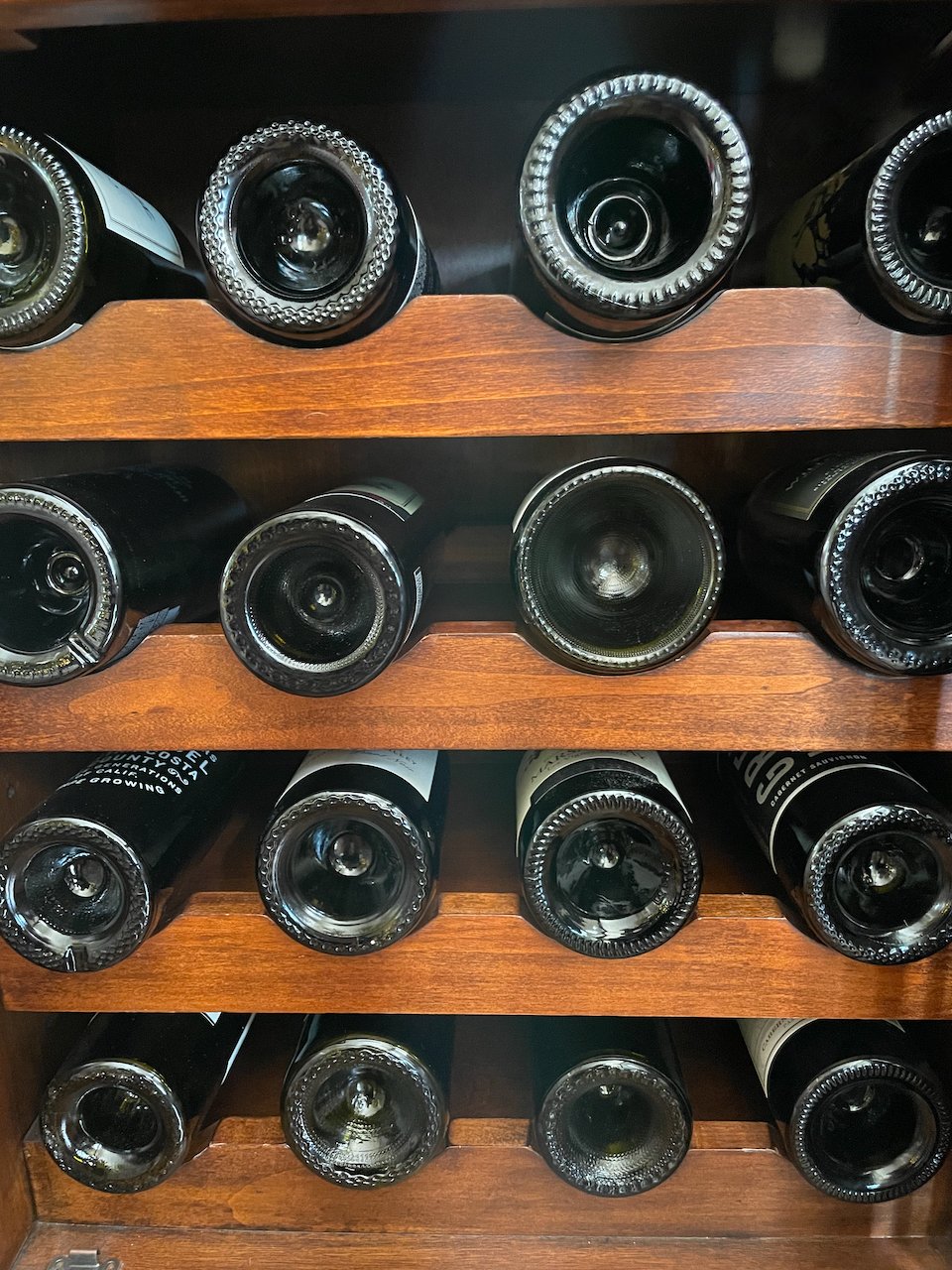I was recently shopping in my local grocery store and noticed the overhead signs for the wine aisle included “Red Wines,” “White Wines” and “Table Wines.” Ever wonder what Table Wine really is?
Well, in the U.S., Table Wine is simply a designation for any non-sparkling wine with an alcohol content of 7% (min) to 16% (max). That’s it.
Before the passage of the 2017 Tax Cuts and Jobs Act in the U.S., a Table Wine had been defined simply as any wine up to 14 percent alcohol by volume (ABV) for taxation purposes, but that percentage was increased to 16%
In Europe, there are varying standards for wines designated as Table Wine. But, in general, they are the lowest category of wine and not strictly regulated like other “Old World” European wines. And, they are not often permitted to be sold outside of the country where they are produced.
If you do find a European Table Wine, the label will state “Vin de France” when it’s from France, “Vino da Tabola” when from Italy and “Tafelwein” when it’s from Germany.
Table wines are usually meant for immediate consumption as opposed to aging, and for enjoyment with even the most basic meal.
So, don’t overlook this category of wines. They are very good values and often very tasty. Cheers!






